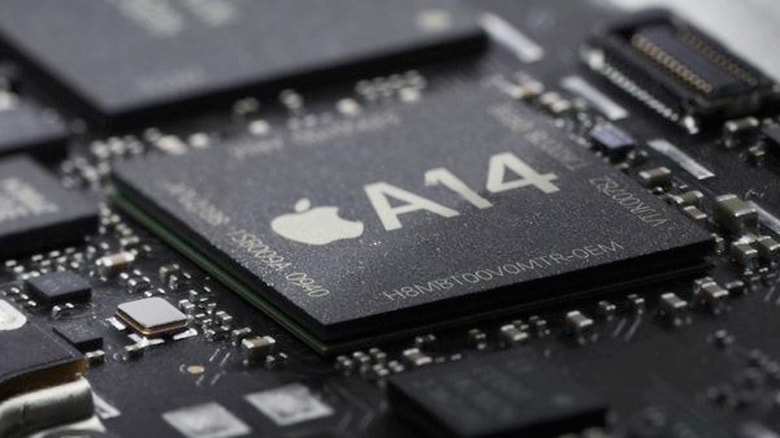Apple’s Online Store is down ahead of today’s “One More Thing” event. When it returns after today’s virtual event, expect to see details of various new Apple products — including the company’s first Apple Silicon Macs, the first to feature Apple in-house CPUs.
Yes, Apple could easily update its website in real time without taking it offline for a few hours. But where’s the fun and drama in that?


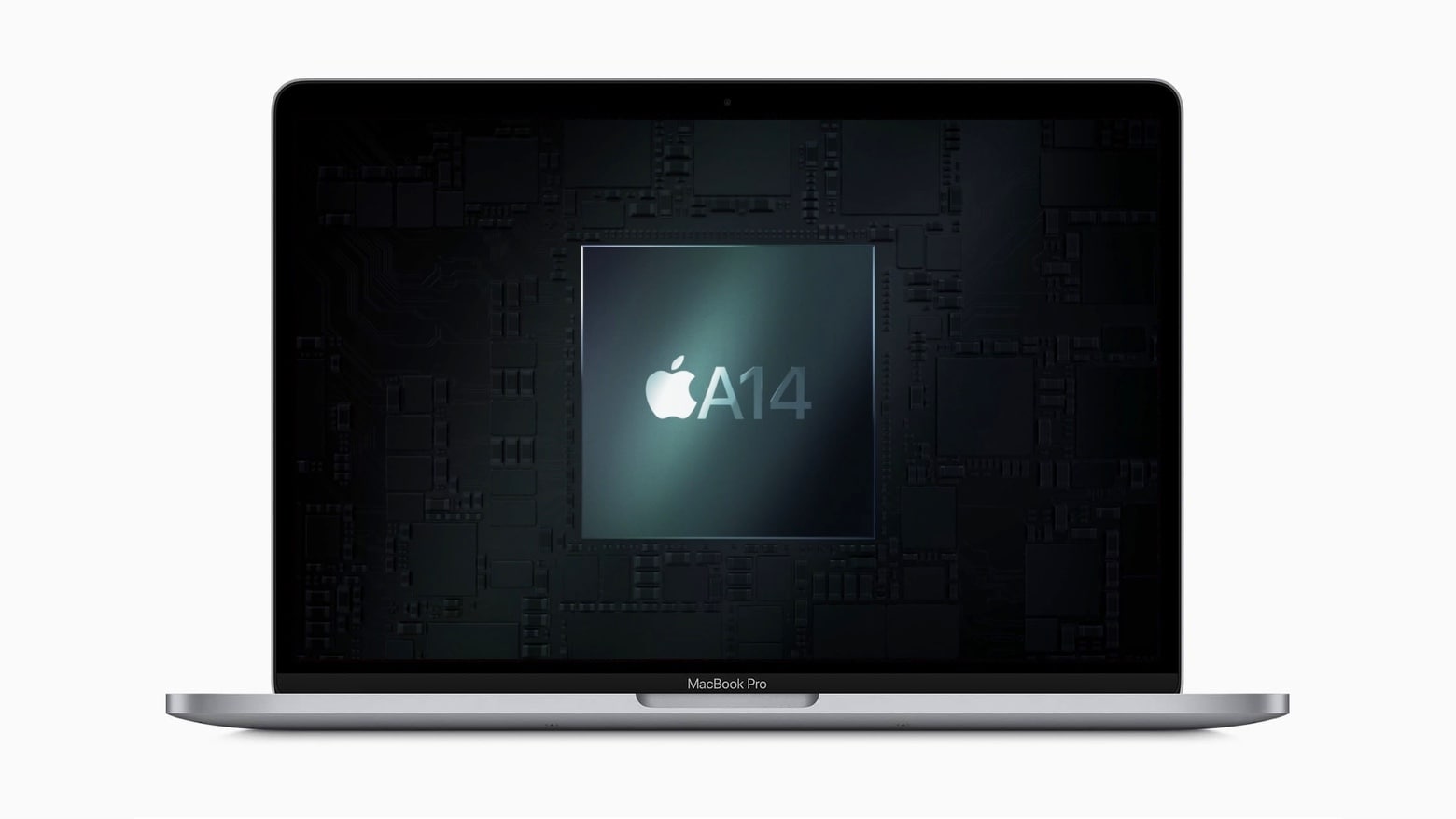
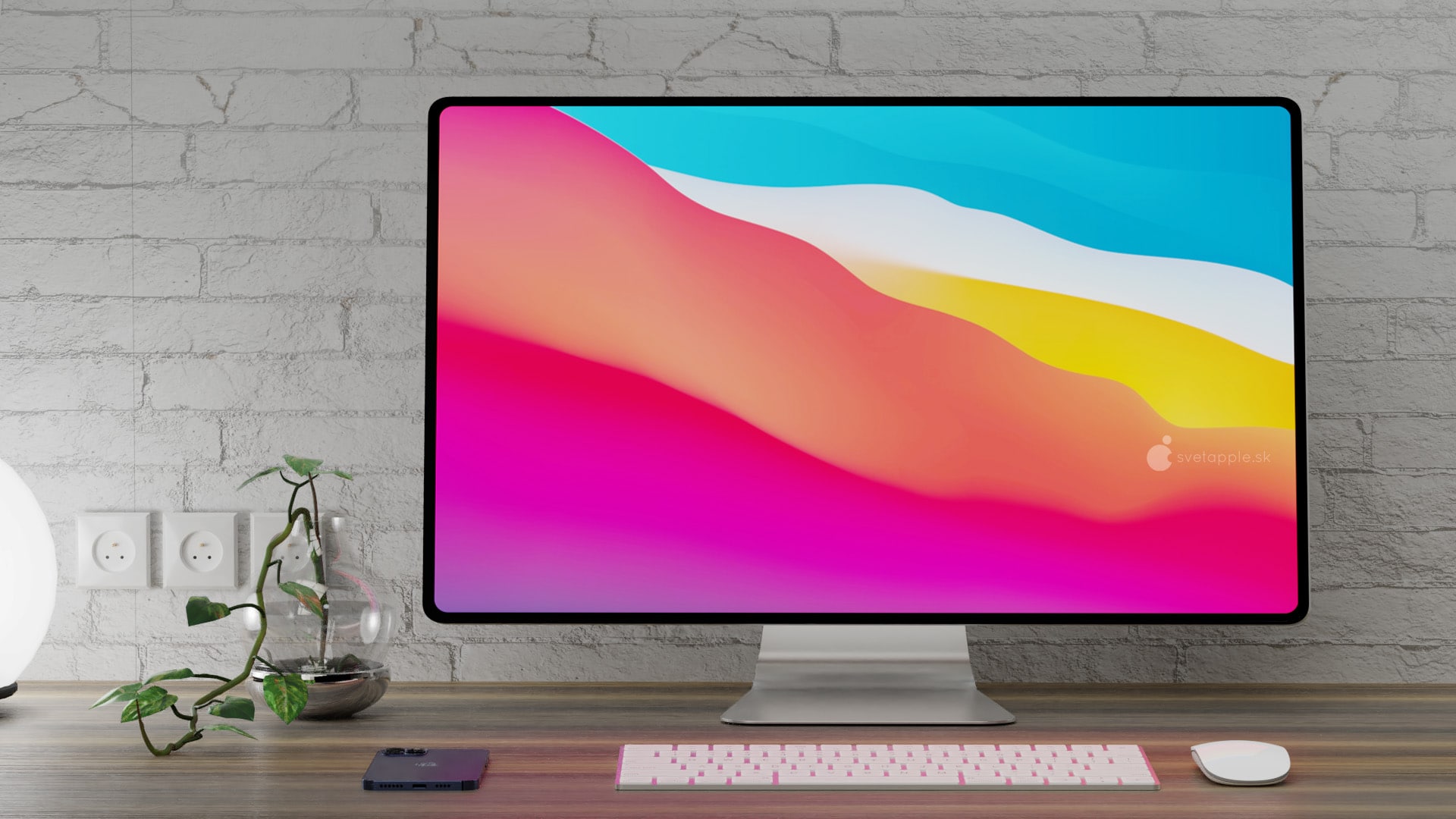

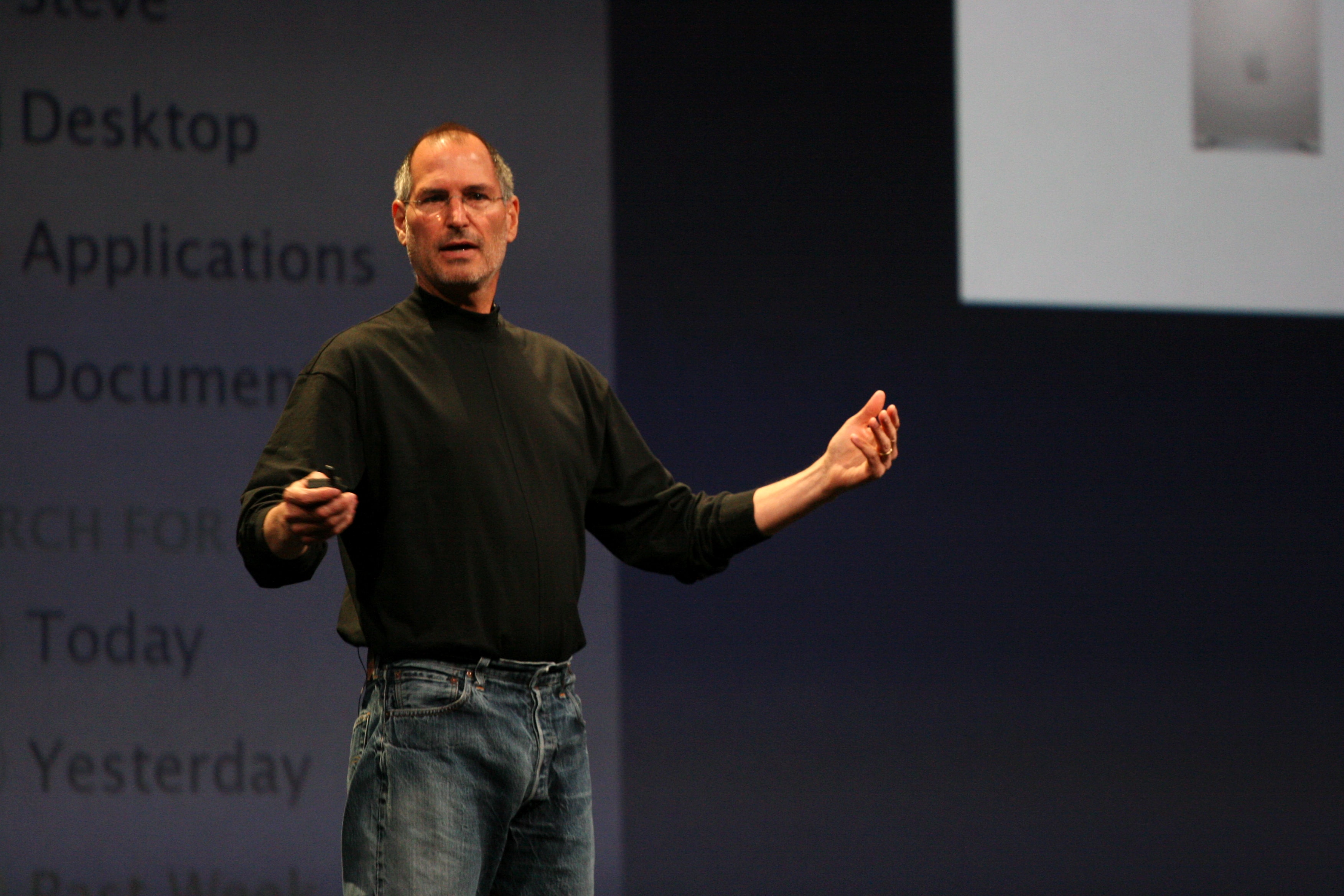
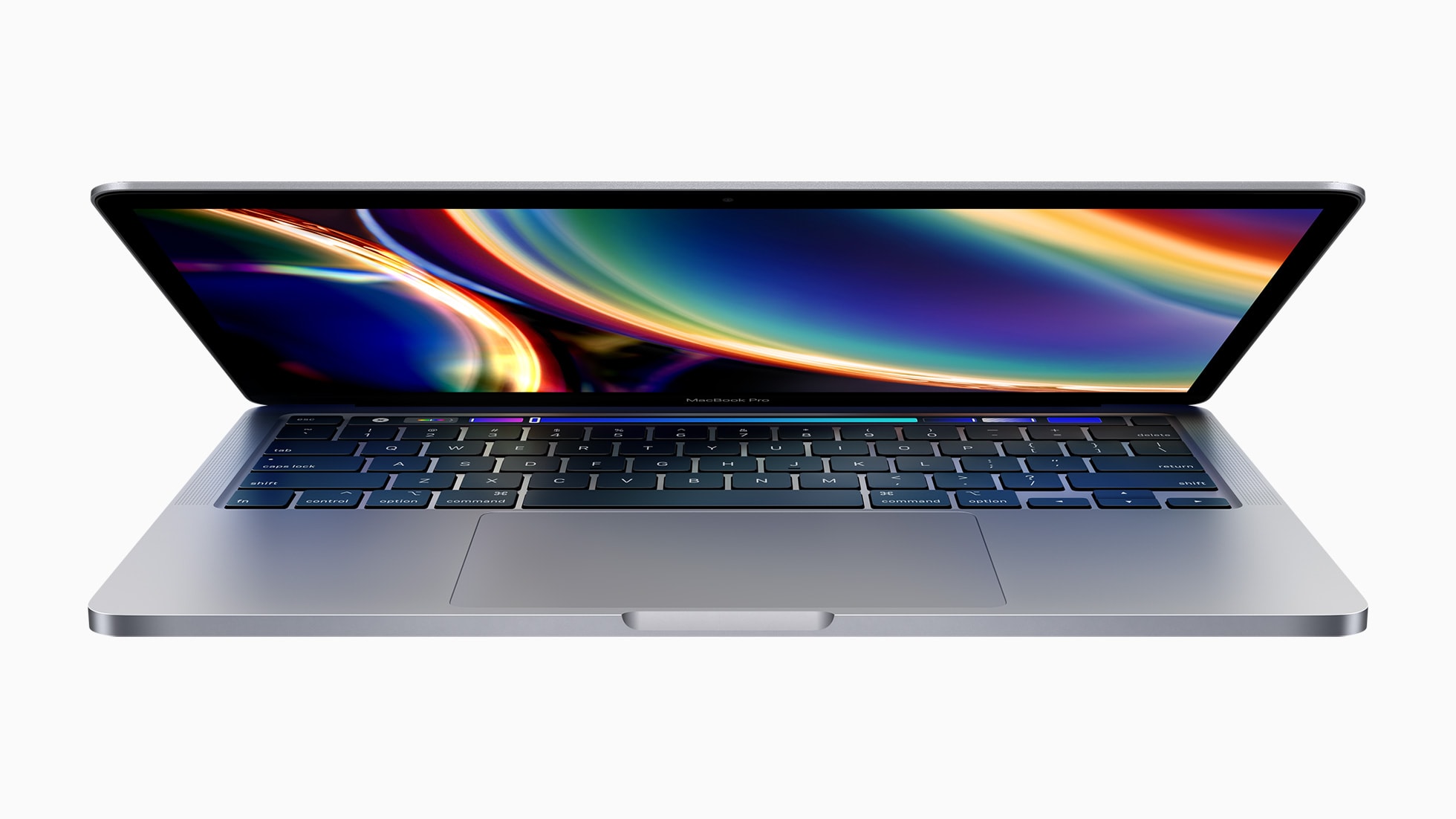
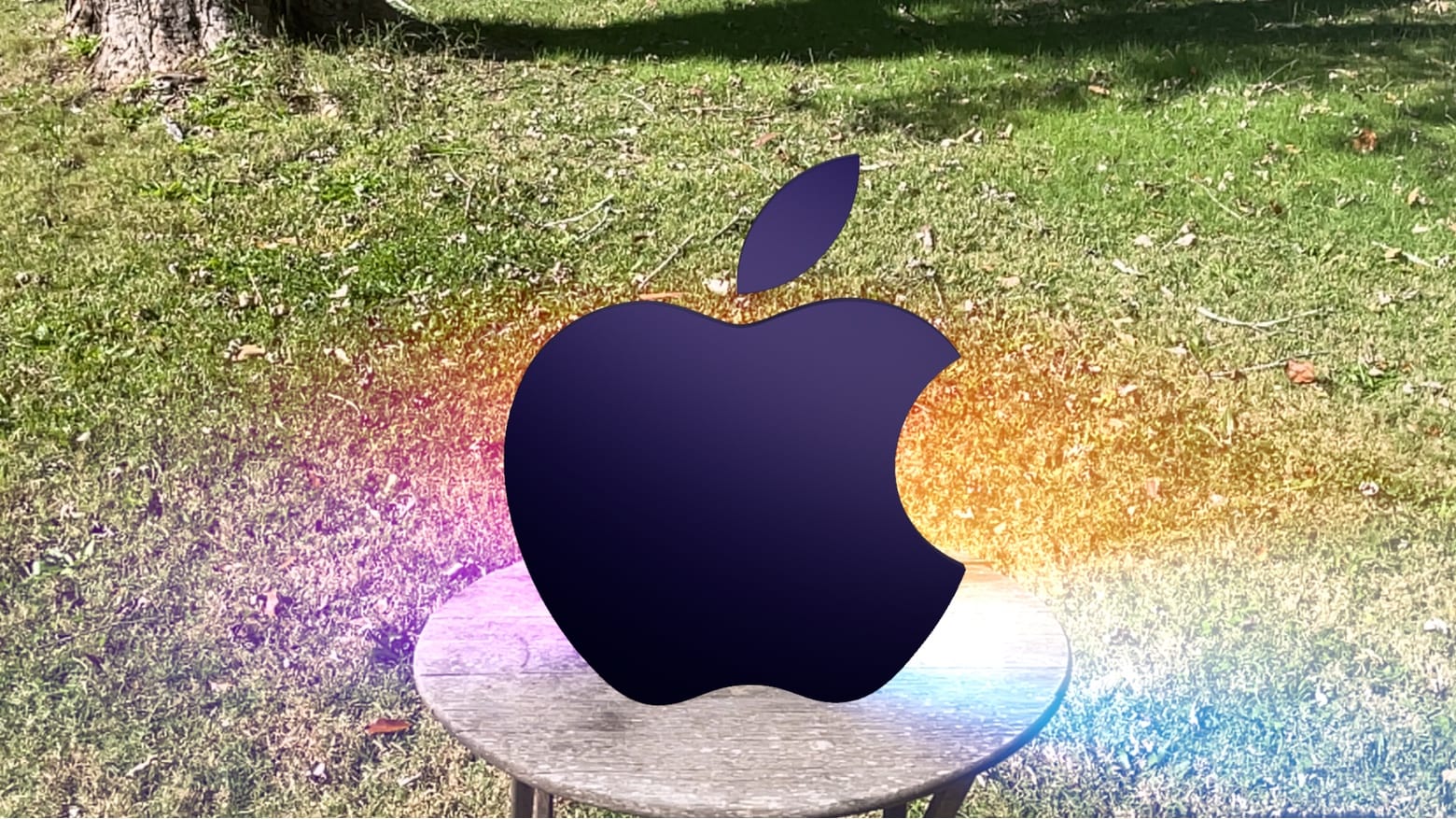
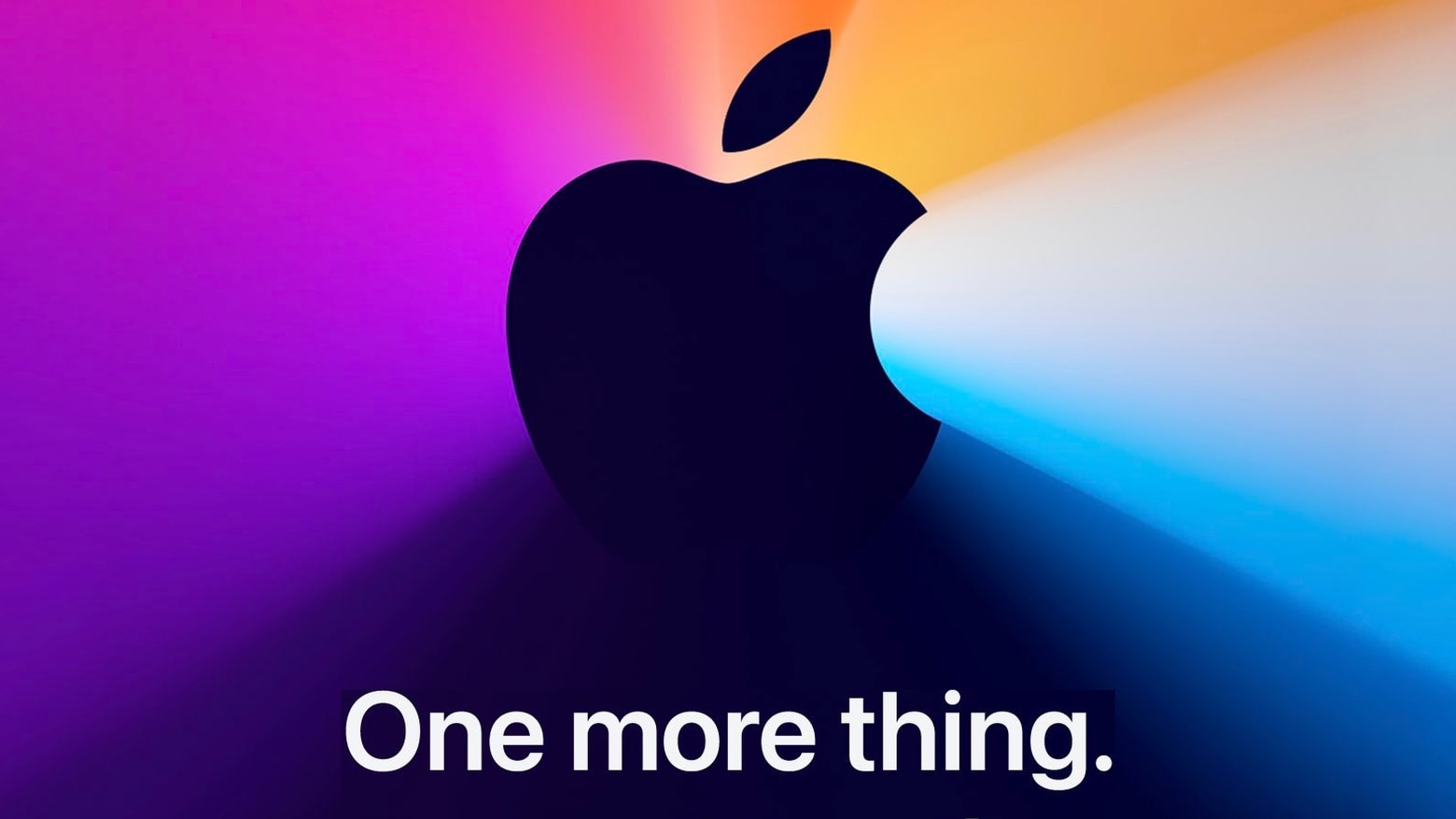
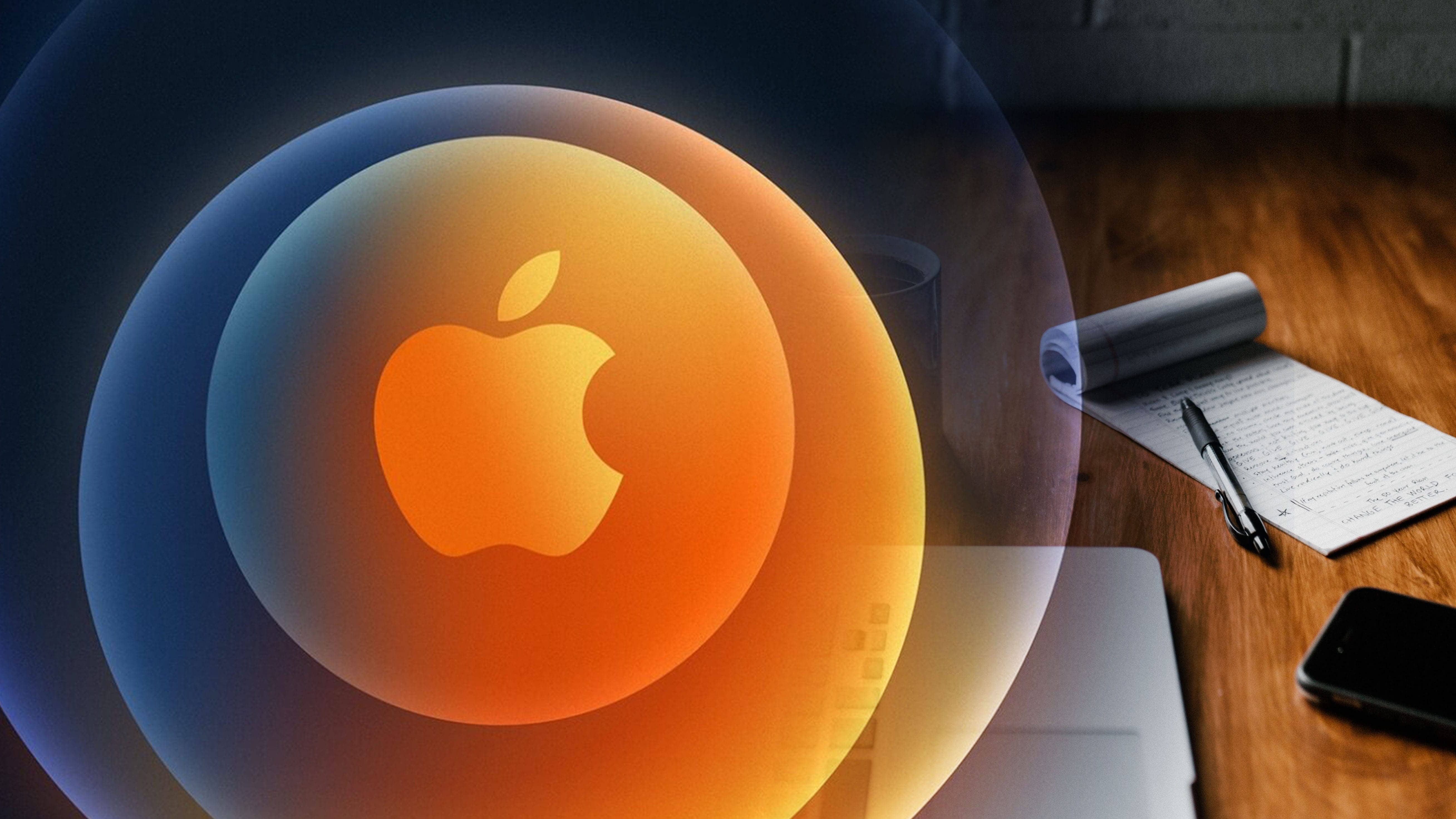
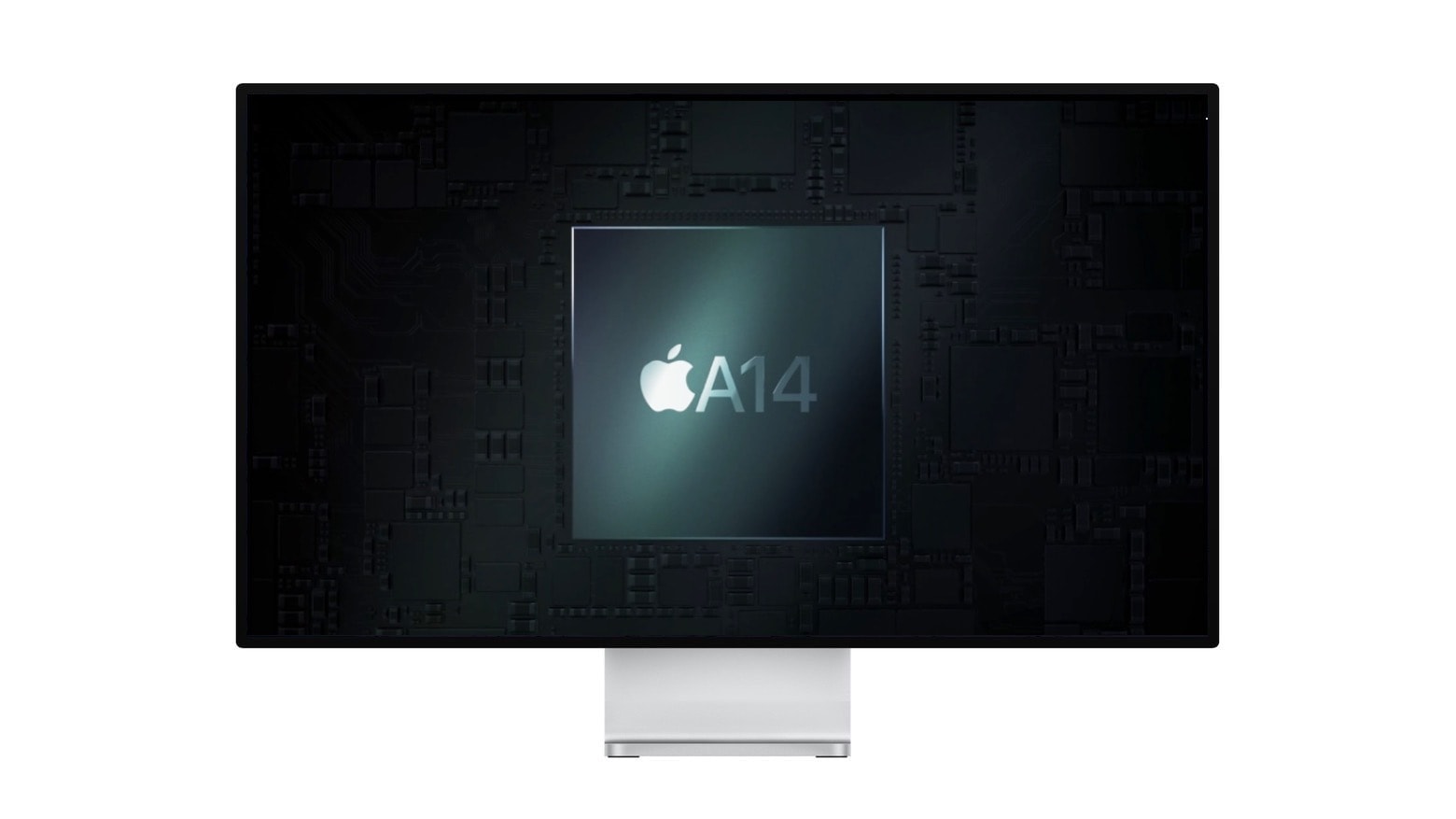
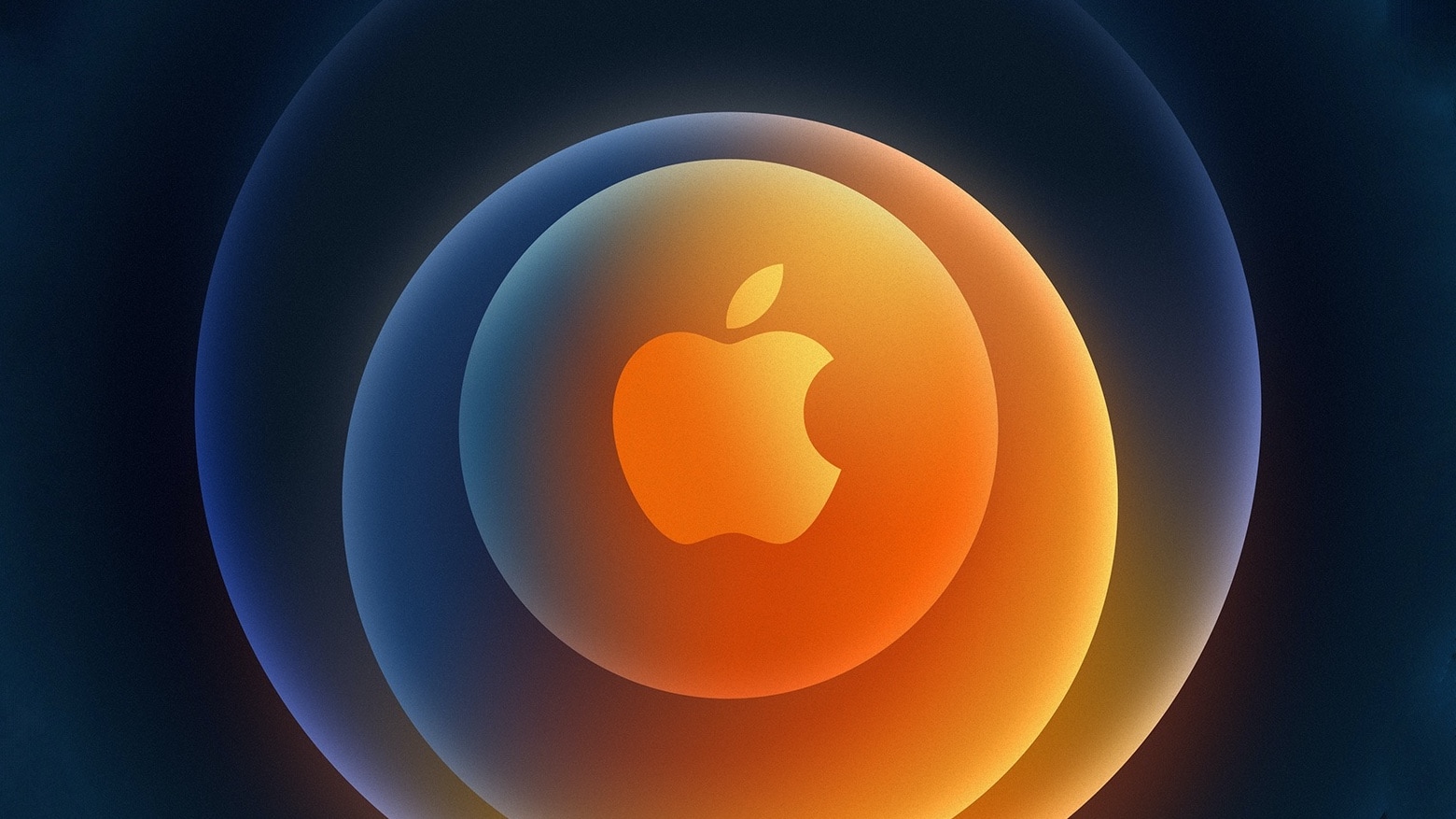

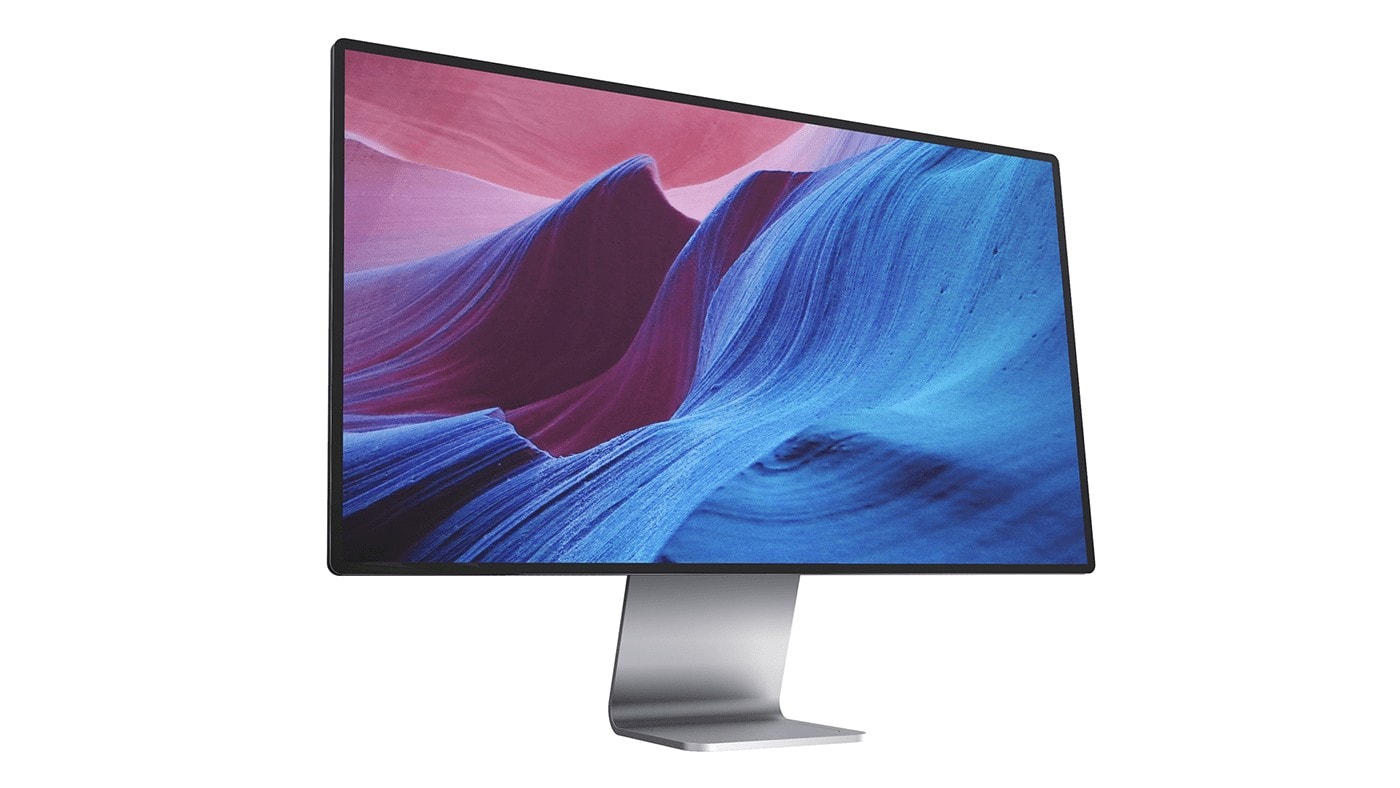
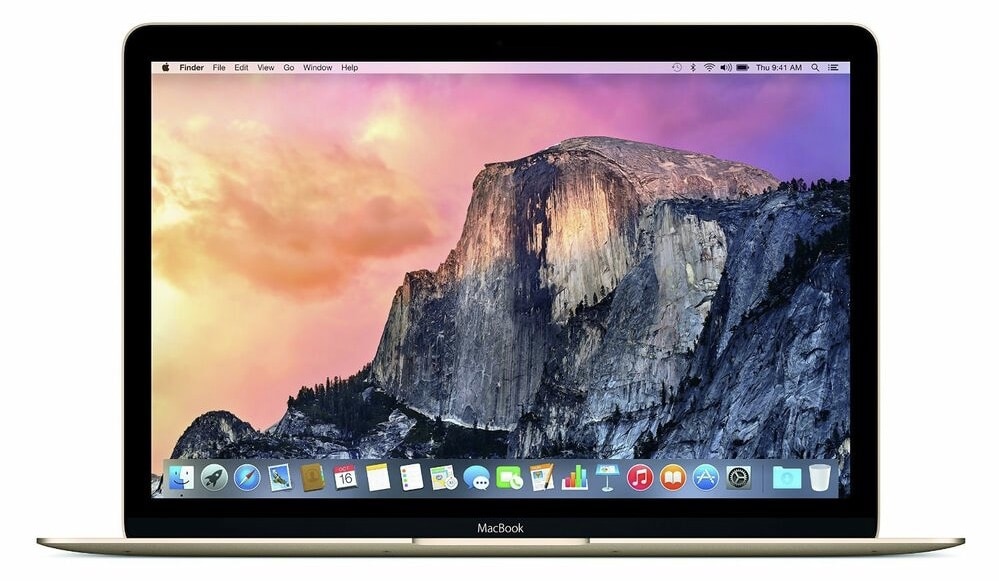


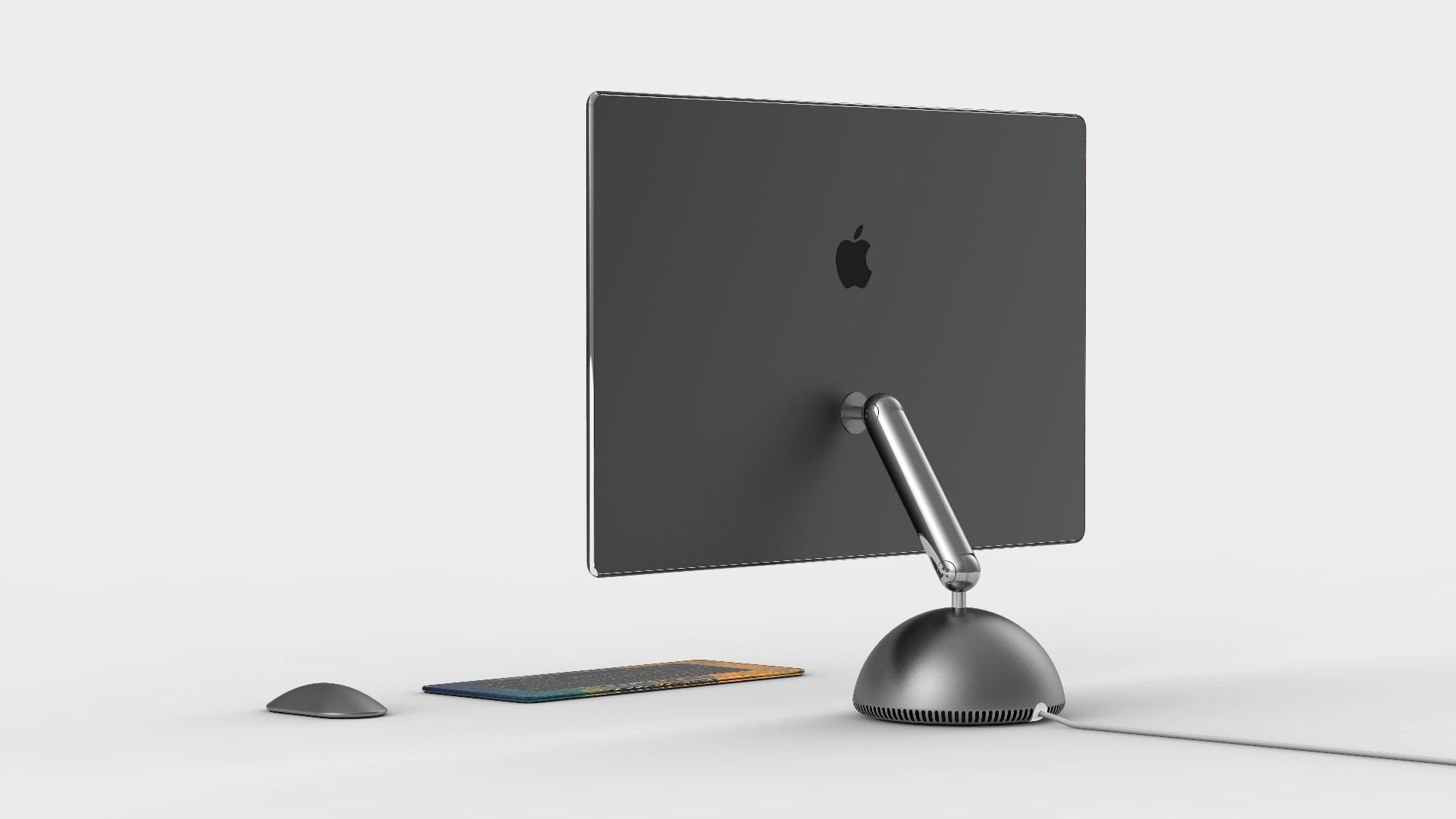

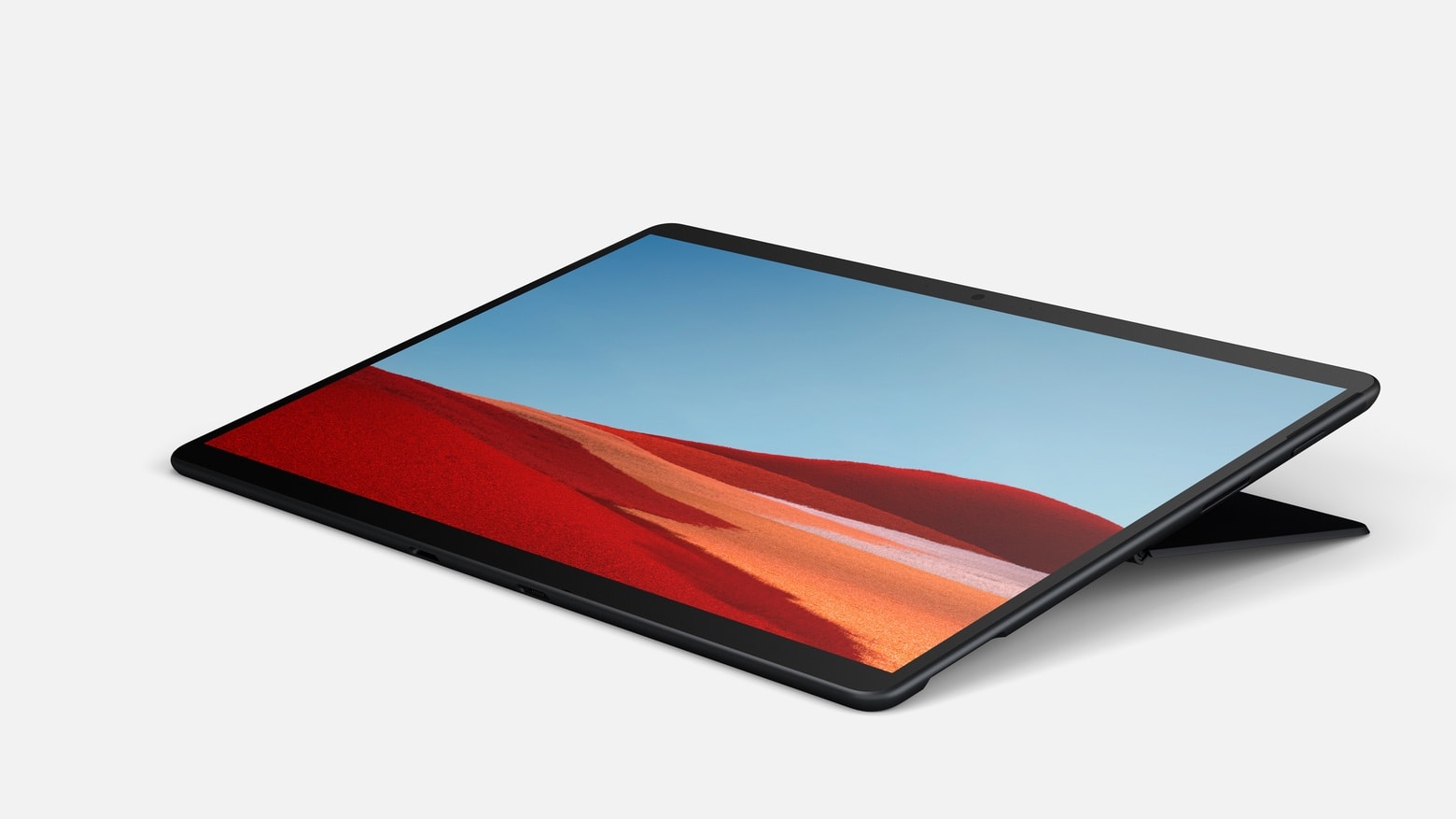

![An iPhone running macOS apps could be all the computer you need [Opinion] An iPhone running Mac apps could replace a Mac mini](https://www.cultofmac.com/wp-content/uploads/2020/07/97270546-BA94-42F9-82E2-34E960F7F5C6.jpeg)
